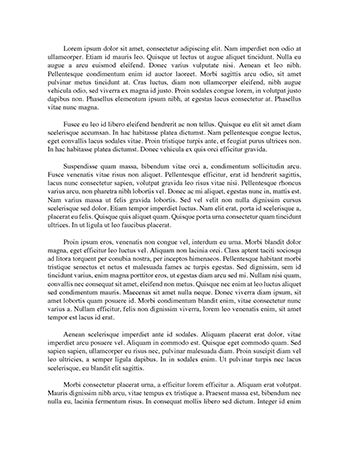mla
ReferencesBartmess, M., Myers, C. R., & Thomas, S. P. (2021, July). Nurse staffing legislation: Empirical evidence and policy analysis. In Nursing forum (Vol. 56, No. 3, pp. 660-675).Jun, J., Ojemeni, M. M., Kalamani, R., Tong, J., & Crecelius, M. L. (2021). Relationship between nurse burnout, patient and organizational outcomes: Systematic review. International journal of nursing studies, 119, 103933.Kelly, L. A., Gee, P. M., & Butler, R. J. (2021). Impact of nurse burnout on organizational and position turnover. Nursing outlook, 69(1), 96-102.Linton, M., & Koonmen, J. (2020). Self-care as an ethical obligation for nurses. Nursing ethics, 27(8), 1694-1702.McDermid, F., Mannix, J., & Peters, K. (2020). Factors contributing to high turnover rates of emergency nurses: A review of the literature. Australian critical care, 33(4), 390-396.Sullivan, V., Hughes, V., & Wilson, D. R. (2022). Nursing burnout and its impact on health. Nursing Clinics, 57(1), 153-169.Zakeri, M. A., Bazmandegan, G., Ganjeh, H., Zakeri, M., Mollaahmadi, S., Anbariyan, A., & Kamiab, Z. (2021). Is nurses’ clinical competence associated with their compassion satisfaction, burnout and secondary traumatic stress? A cross?sectional study. Nursing Open, 8(1), 354-363.


